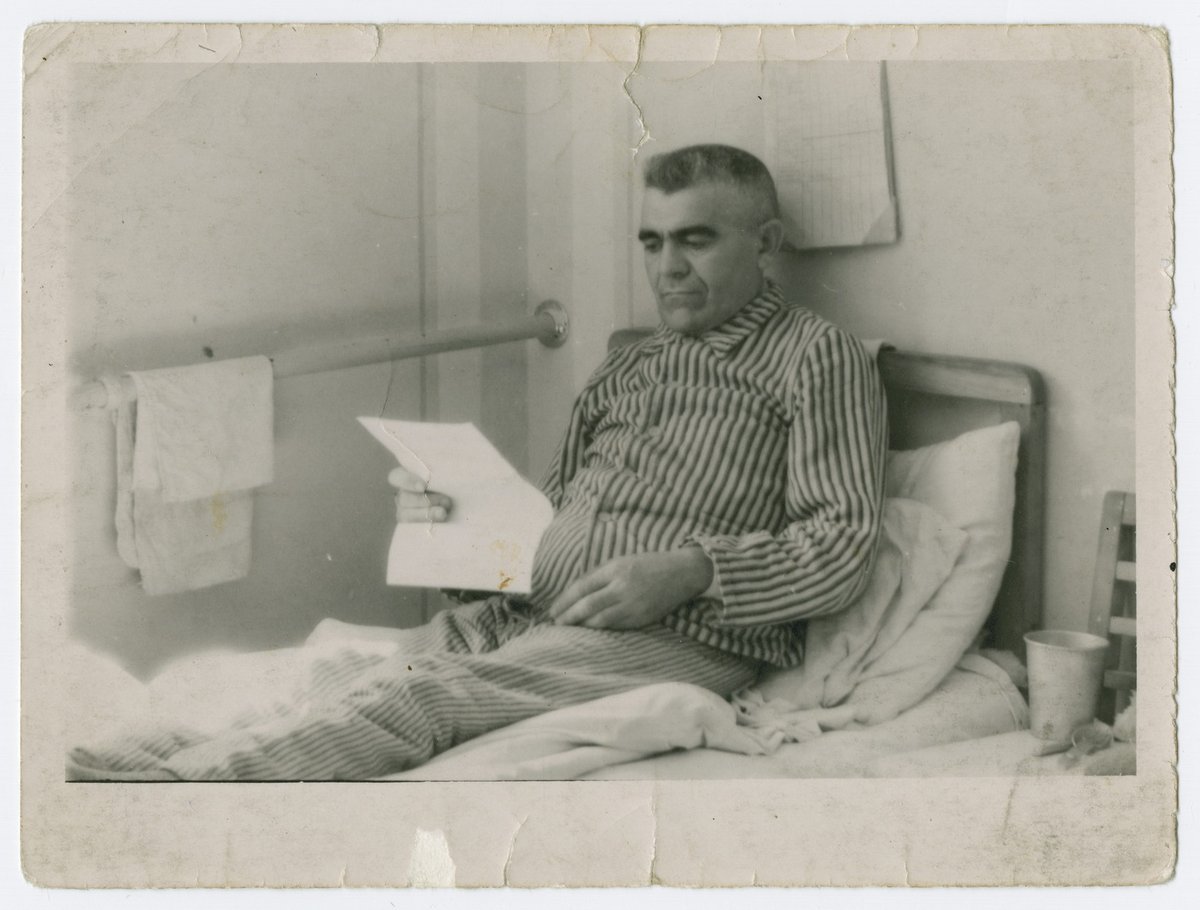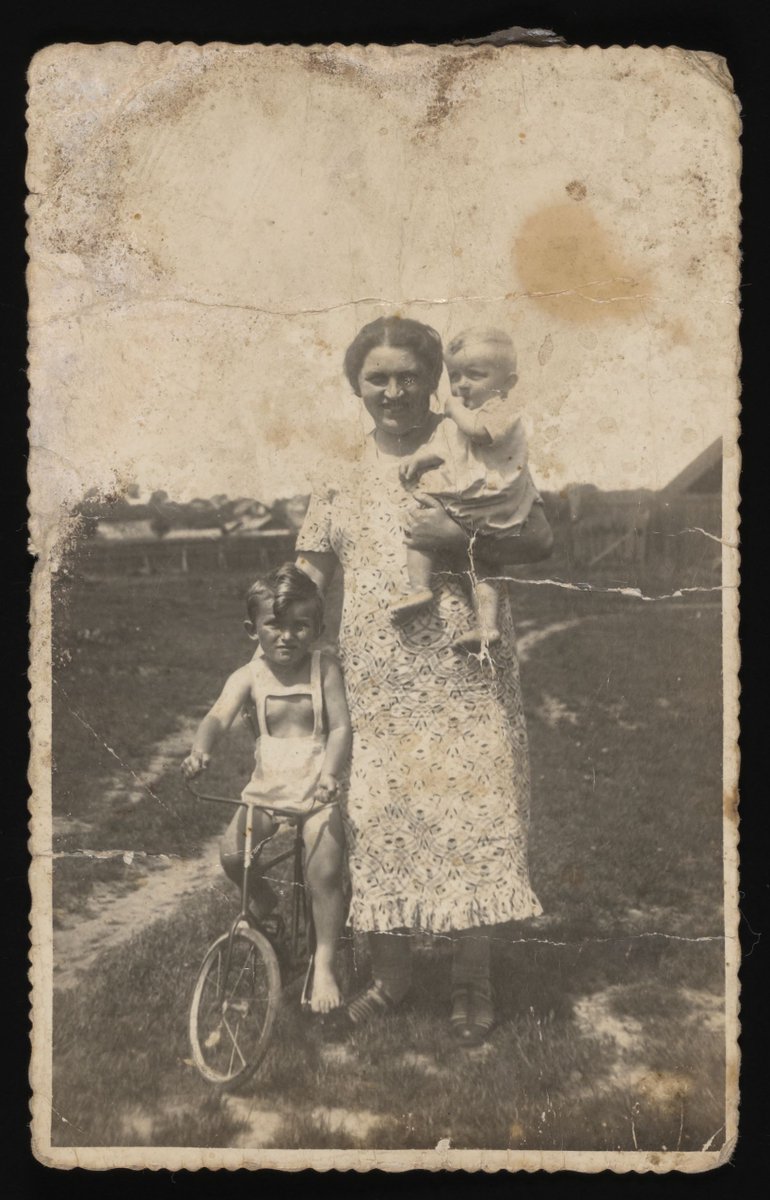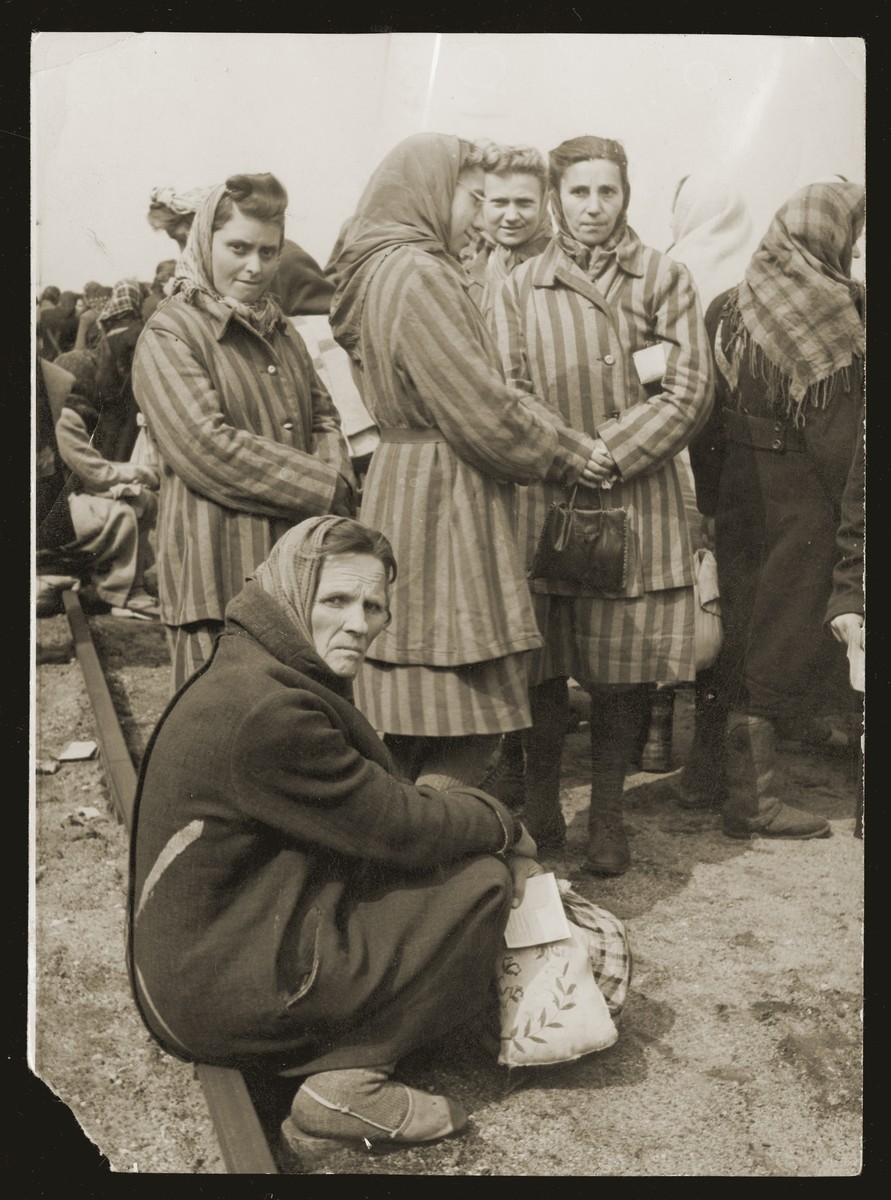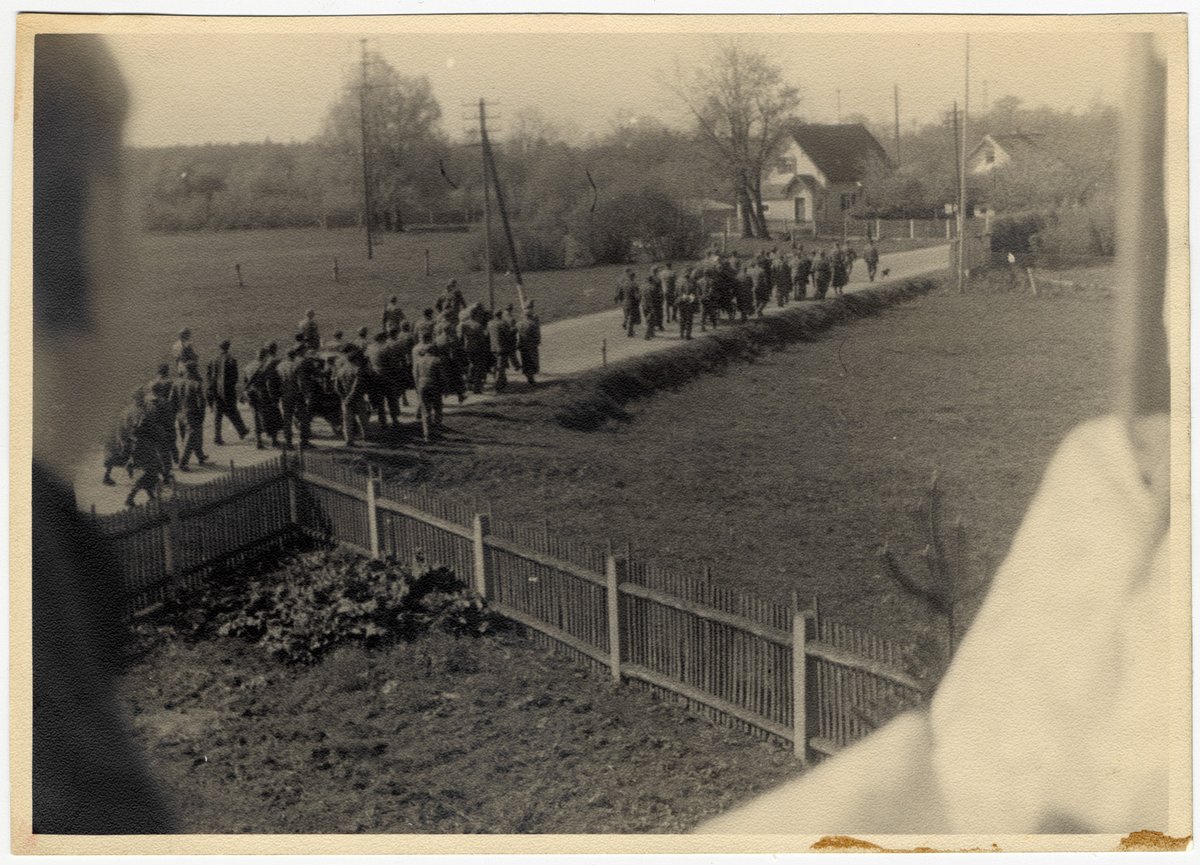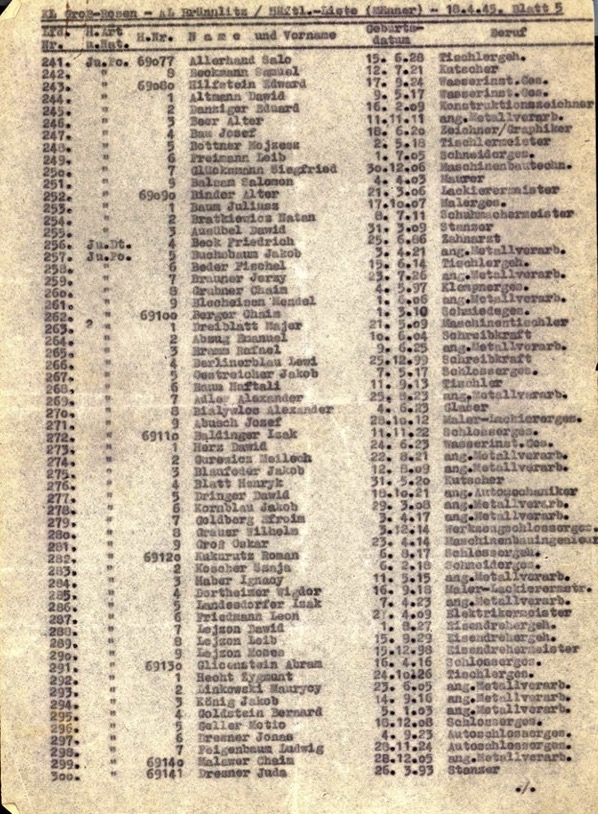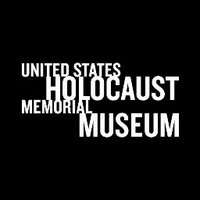
US Holocaust Museum
@HolocaustMuseum
The United States Holocaust Memorial Museum inspires citizens and leaders to confront antisemitism and hatred, #PreventGenocide, and promote human dignity.
ID:8487622
http://www.ushmm.org/tw 28-08-2007 15:18:03
28,6K Tweets
436,2K Followers
2,5K Following
Follow People

To mark the Days of Remembrance, Holocaust survivor and Museum volunteer Rae explains why she remembers. #WeRemember

It is impossible to picture six million people at once; to read six million names; to know six million stories. This Holocaust Remembrance Day, #WeRemember and reaffirm our enduring commitment to remember the victims of the Holocaust and the other victims of Nazi persecution.











Jewish dancer Paula Rüthling survived horrific conditions in Auschwitz. After the war, she reestablished her cabaret show alongside her husband and daughter. #InternationalDanceDay













